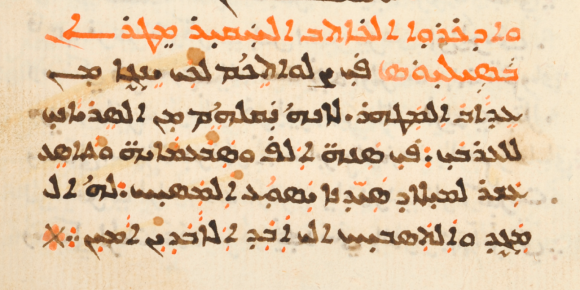
Barbati, Chiara. 2015. Syriac into Middle Iranian: A Translation Studies Approach to Sogdian and Pahlavi Manuscripts within the Church of the East. Open Linguistics 1(1). 444–457.
Based on a corpus coming from the Turfan oasis (in present-day Xinjiang, People’s Republic of China) and consisting of Christian Middle Iranian literature in several languages (Middle Persian, Syriac and Sogdian) and scripts (East Syriac, Pahlavi and secular Sogdian), the present paper is aimed at identifying and outlining the translation techniques for the transmission of religious knowledge, based on a literary tradition as well as on a manuscript tradition, from one context to another. The religious knowledge is that which belongs to the “Church of the East” and which is written in its official liturgical language, i.e. Syriac in East Syriac script. The general context is that of the missionary activities of the “Church of the East” along the Silk road between late Antiquity and early Middle Age. The particular context is that of the converted Iranian communities.

 Gignoux, Philippe. 2014.
Gignoux, Philippe. 2014.  Kahl, Oliver. 2015.
Kahl, Oliver. 2015.  Jullien, Florence. 2015.
Jullien, Florence. 2015.  Brock, Sebastian. 2014.
Brock, Sebastian. 2014.  Smith, Kyle. 2014.
Smith, Kyle. 2014.  McCollum, Adam Carter. 2013.
McCollum, Adam Carter. 2013.